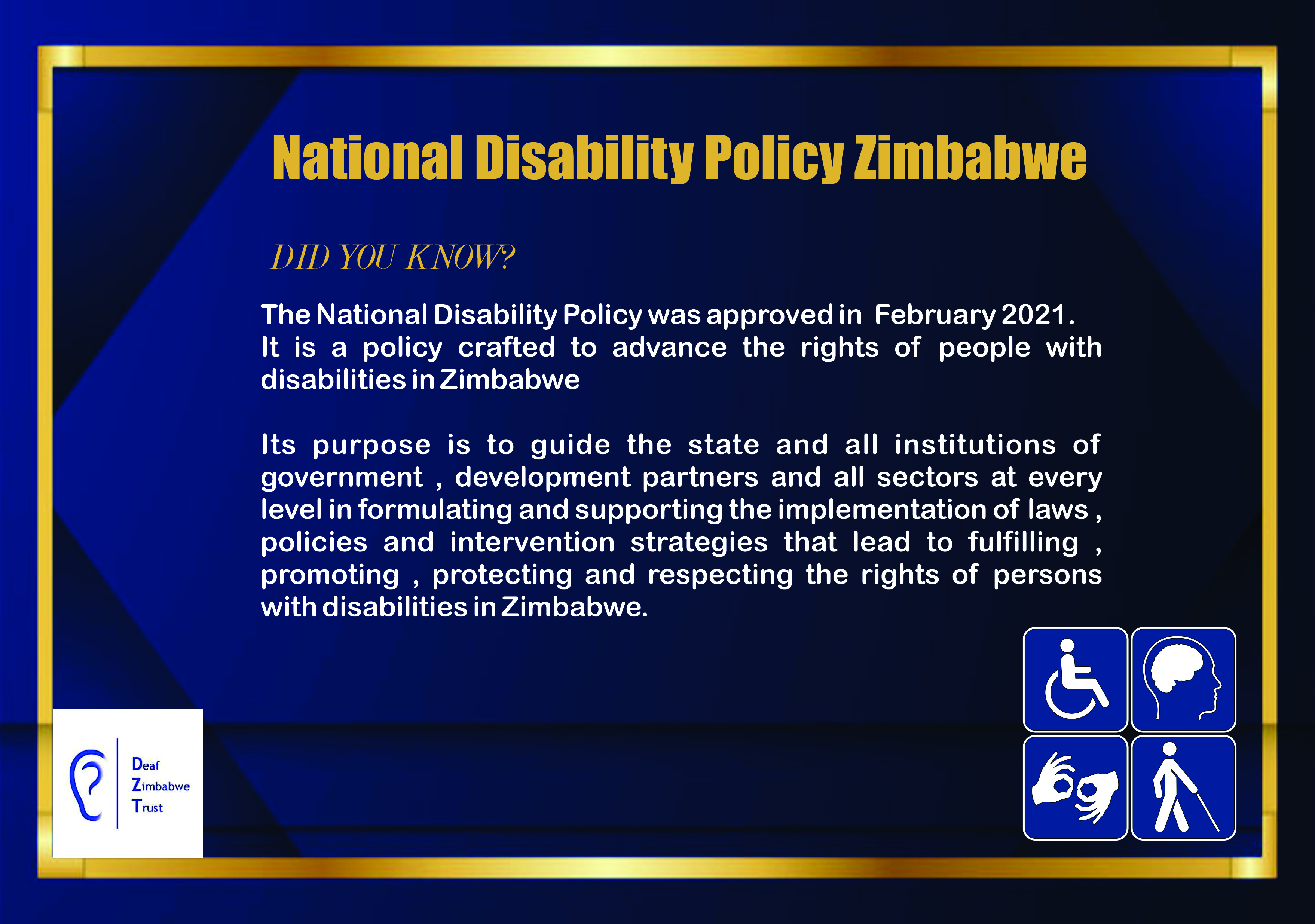Promoting inclusion through individualised education plans
By Mirirai Nyabvure

Learners are different and the pace at which they grasp concepts is different. Learners with disabilities have individual needs that are unique. Individual planning for these learners is necessary in order to address their unique individual needs and to provide an opportunity for each student to reach his/her potential. Individualized Education Plan (IEP) are designed to meet the needs of each learner .
The Individualized Education Plan is a written education plan designed for learners with disabilities or special needs. It describes the education services the learner will receive in class. The IEP is a roadmap that specifically spells out what the teacher will teach and how they will teach the learners with disability or special needs The IEP process involves gathering relevant information in order to identify the learner’s learning needs and strengths and the setting of targets for learning. This is followed by the implementation of appropriate interventions during a period of instruction. At the end of the period of instruction, the student‘s progress is reviewed.
Ideally, the IEP should be developed by a team that comprises of the teacher, the parents, the psychologist, the child and other professionals involved in the child’s education. However in most schools in Zimbabwe the IEP is usually developed by the teacher .Wherever possible the learner should also be involved in the development, implementation and review of their Individual education plans. The participation of the learner motivates them and enhances their commitment to the learning process.
What should be included in the IEP?
The IEP should speak to the needs of the child. It is very rare to have two children with the same IEP because learners are unique and have different needs. A detailed IEP should contain the following:
- The learner’s personal details i.e. name, date of birth, grade
- The learner’s present levels of academic achievement and functional levels. This will also include the nature and degree of the learner’s abilities, skills and talents.
- The nature and degree of the learner’s educational needs and how these needs will be addressed
- The short term and long term goals and objectives addressing the child’s needs, procedures and dates for evaluating the learner’s progress.
Benefits of the IEP
- It ensures that a learner with disability or special needs receives appropriate and relevant education
- Involvement of parents encourages their participation and commitment to the education of the learner.
- Involving the learner ensures that the plan is realistic and attainable.
- It motivates learners and gives them direction and a clear idea of what is expected of them.
Low acceptance of COVID-19 vaccine among disability community
By Mirirai Nyabvure

Persons with disabilities have called on Government to ensure that information on the COVID-19 vaccine is accessible saying access to information will promote acceptance of the vaccine within the disability community.
Speaking during an interview, Glenview 1 resident Michael Muzota said that the information they have received about the vaccine has been negative and indicates that it is life threatening.
“The only information we have received about the vaccine through social media has been negative, reports are saying if we are vaccinated we may die as this vaccination is meant to eliminate us”
He highlighted that Government needs to make efforts to ensure that persons with disabilities have access to information on the vaccine though different forms of mediums to promote full participation of Persons with disabilities in the vaccination process.
Another Glenview resident Kelly Mutenda highlighted that as the vaccination process was being rolled out , there was need to also ensure that vaccination centres were accessible to persons with disabilities.
“We have physical disabilities and we have challenges moving around so it is important for Government to ensure vaccination centres are accessible , near persons with disabilities , accessible roads and disability friendly centres”
She also highlighted that Glenview 1 Riverside area did not have electricity therefore accessing information on the radio and Television was difficult.
“ We have heard that COVID-19 vaccination information is being disserminated on TV and radio but here we do not have electricity so we rarely tune in on radio and we miss the important information, it is better if they use loudspeakers and fliers ”
Zimbabwe rolled out the COVID-19 vaccine in February and Government plans to immunize 60% of the country’s population.

